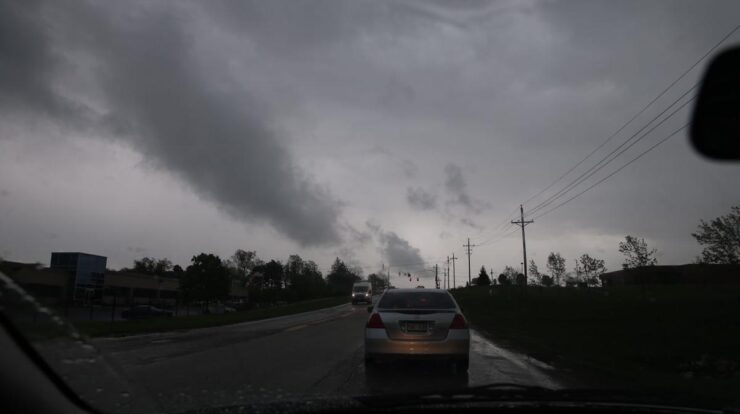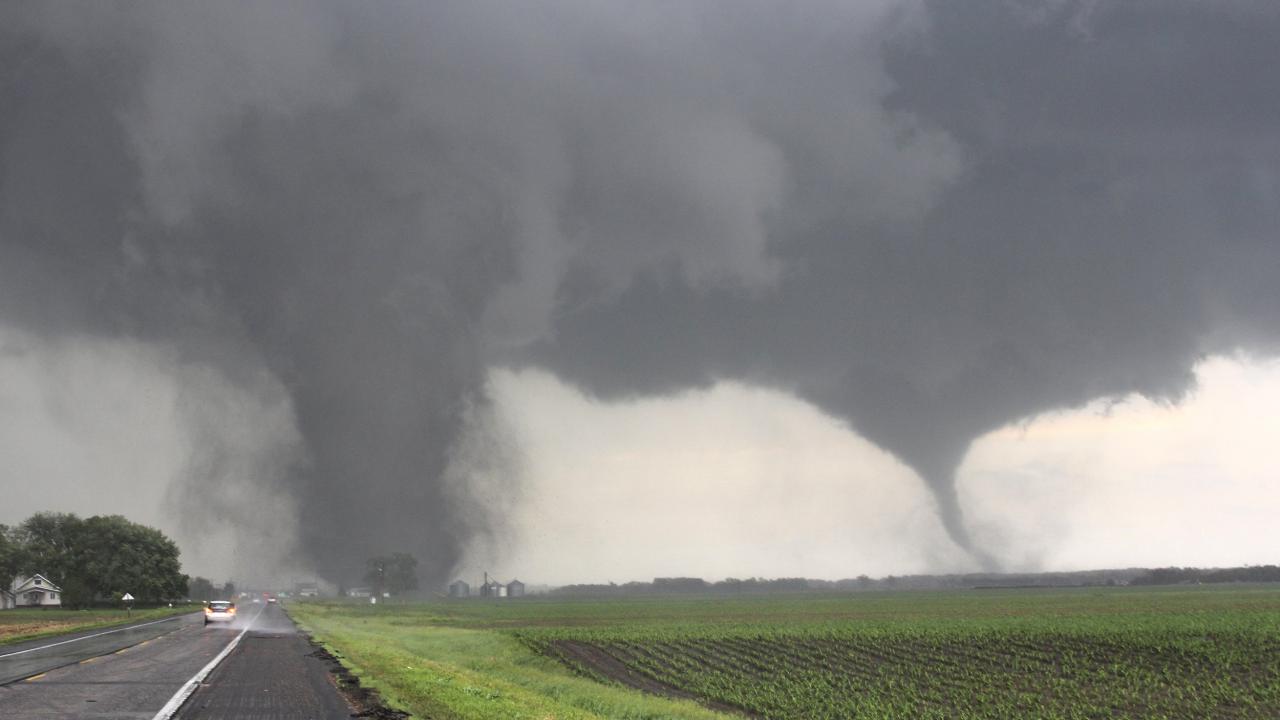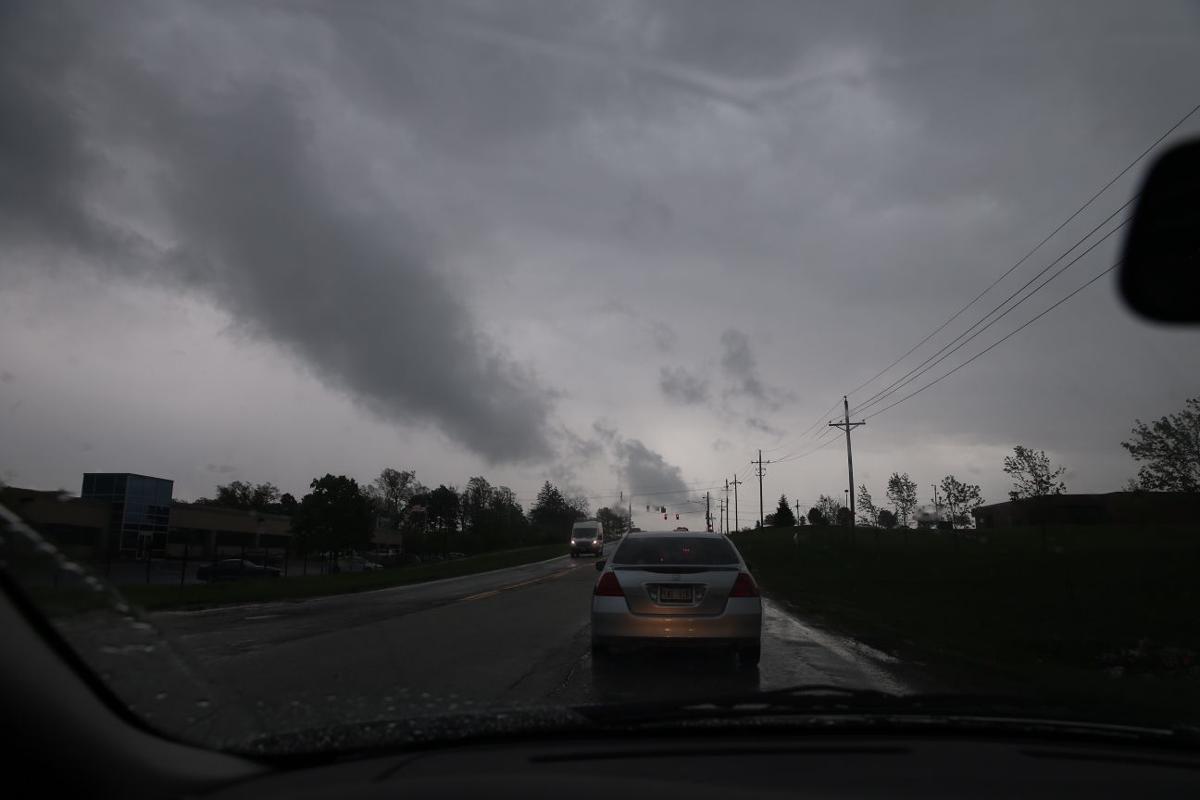
Tornado in omaha today – Tornadoes are a powerful force of nature that can cause widespread damage and loss of life. Omaha, Nebraska, has a history of tornadoes, and residents need to be prepared for the possibility of a tornado striking. This article will provide an overview of tornado history in Omaha, discuss tornado safety and preparedness, and assess the potential impact of a tornado on Omaha today.
Tornadoes are most common in the spring and summer months, and they can occur at any time of day or night. The Omaha area is located in Tornado Alley, a region of the United States that is particularly prone to tornadoes.
In recent years, Omaha has been hit by several tornadoes, including the EF4 tornado that struck in 2014. This tornado caused extensive damage to the city, and it killed one person.
Omaha Tornado History

Omaha, Nebraska, has a history of experiencing tornadoes. The city has been hit by several significant tornadoes, including the following:
| Date | Severity | Damage |
|---|---|---|
| May 6, 1955 | F4 | 33 killed, over 500 injured |
| June 3, 1975 | F3 | 3 killed, over 100 injured |
| April 26, 2003 | F2 | 1 killed, over 20 injured |
Tornado Safety and Preparedness: Tornado In Omaha Today

Tornadoes are powerful and potentially deadly storms. It is important to be aware of the different types of tornadoes and the safety measures to take before, during, and after a tornado.
Types of Tornadoes
- Weak tornadoes (F0-F1) have wind speeds of up to 110 mph and can cause damage to trees and structures.
- Strong tornadoes (F2-F3) have wind speeds of up to 165 mph and can cause significant damage to buildings and infrastructure.
- Violent tornadoes (F4-F5) have wind speeds of up to 200 mph and can cause catastrophic damage.
Safety Measures
Before a Tornado
- Have a plan for where you will go if a tornado warning is issued.
- Identify a sturdy building or underground shelter where you can take cover.
- Prepare an emergency kit with essential items such as food, water, first aid supplies, and a battery-powered radio.
During a Tornado
- Take cover immediately in a sturdy building or underground shelter.
- Stay away from windows and doors.
- If you are outside, lie down in a ditch or other low-lying area and cover your head with your hands.
After a Tornado
- Check for injuries and seek medical attention if necessary.
- Avoid damaged areas.
- Report any downed power lines or gas leaks to the appropriate authorities.
Tornado Forecasting and Detection

Tornadoes are difficult to predict, but there are a number of methods used to forecast and detect them.
Forecasting
Meteorologists use a variety of data, including weather radar, satellite imagery, and atmospheric soundings, to forecast the likelihood of tornadoes.
Detection
Tornadoes can be detected using weather radar. Radar can detect the rotation of the air within a tornado, which is called a mesocyclone.
Spotter networks also play a role in detecting tornadoes. Spotters are trained volunteers who report tornadoes to the National Weather Service.
Tornado Warnings and Advisories, Tornado in omaha today
When a tornado is imminent or has been detected, the National Weather Service will issue a tornado warning or advisory.
- A tornado warning means that a tornado has been spotted or is indicated by radar.
- A tornado advisory means that conditions are favorable for tornadoes to develop.
Tornado Impact on Omaha
A tornado in Omaha today could have a significant impact on the city.
Omaha is a densely populated city with a population of over 400,000 people. A tornado could cause widespread damage to homes, businesses, and infrastructure.
The city’s emergency response capabilities are well-developed, but a tornado could overwhelm them.
The areas of Omaha most at risk for tornado damage are the central and eastern parts of the city.
Tornado Response and Recovery
In the event of a tornado in Omaha, the city’s emergency response plan will be activated.
The plan includes a number of measures to protect the public, including:
- Issuing tornado warnings and advisories
- Activating the city’s emergency operations center
- Deploying emergency response teams
- Providing shelter for those who have been displaced
After a tornado, the city will begin the process of recovery.
This process will include:
- Assessing the damage
- Providing assistance to victims
- Rebuilding damaged infrastructure
Closing Summary
Tornadoes are a serious threat to Omaha, and residents need to be prepared for the possibility of a tornado striking. By taking the necessary precautions, you can help to reduce your risk of injury or death in the event of a tornado.
Frequently Asked Questions
What is the history of tornadoes in Omaha?
Omaha has a history of tornadoes, including the EF4 tornado that struck in 2014. This tornado caused extensive damage to the city, and it killed one person.
What are the different types of tornadoes?
There are many different types of tornadoes, but the most common type is the supercell tornado. Supercell tornadoes are typically large and powerful, and they can cause extensive damage.
What are the safety measures to take before, during, and after a tornado?
Before a tornado, you should create an emergency plan and have a safe place to go. During a tornado, you should take shelter in a basement or storm cellar. After a tornado, you should check for injuries and damage, and you should contact your insurance company.